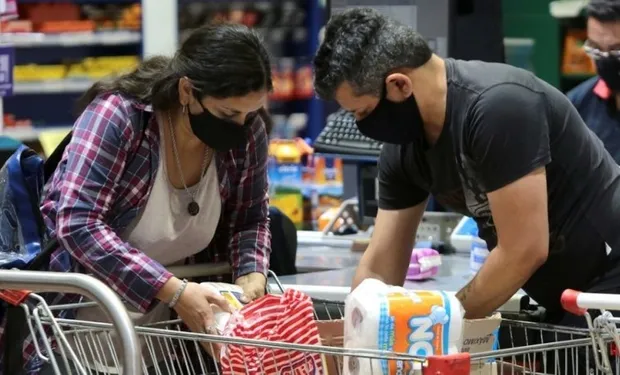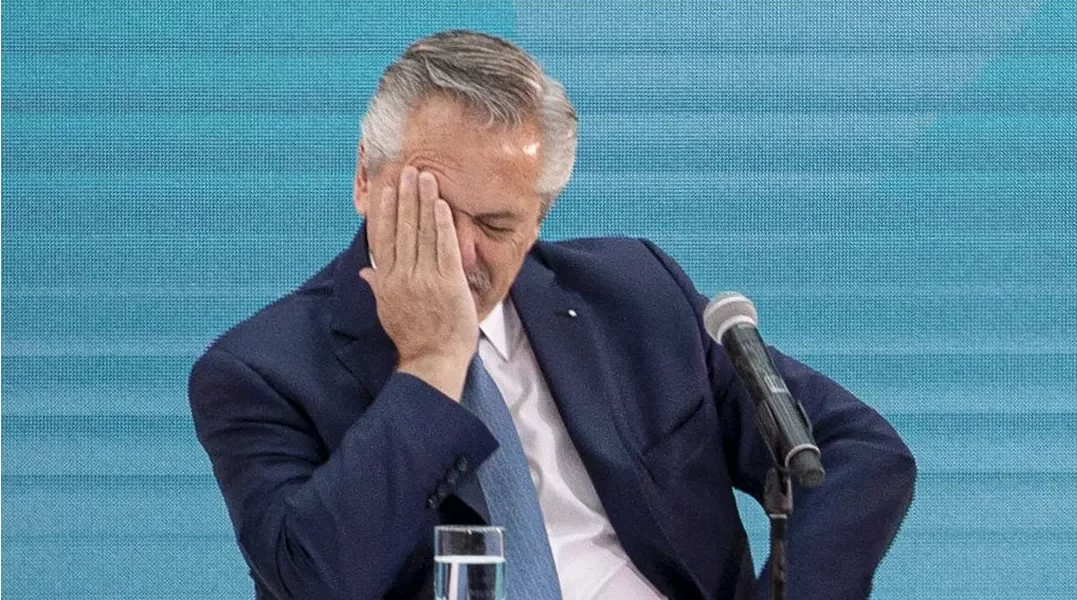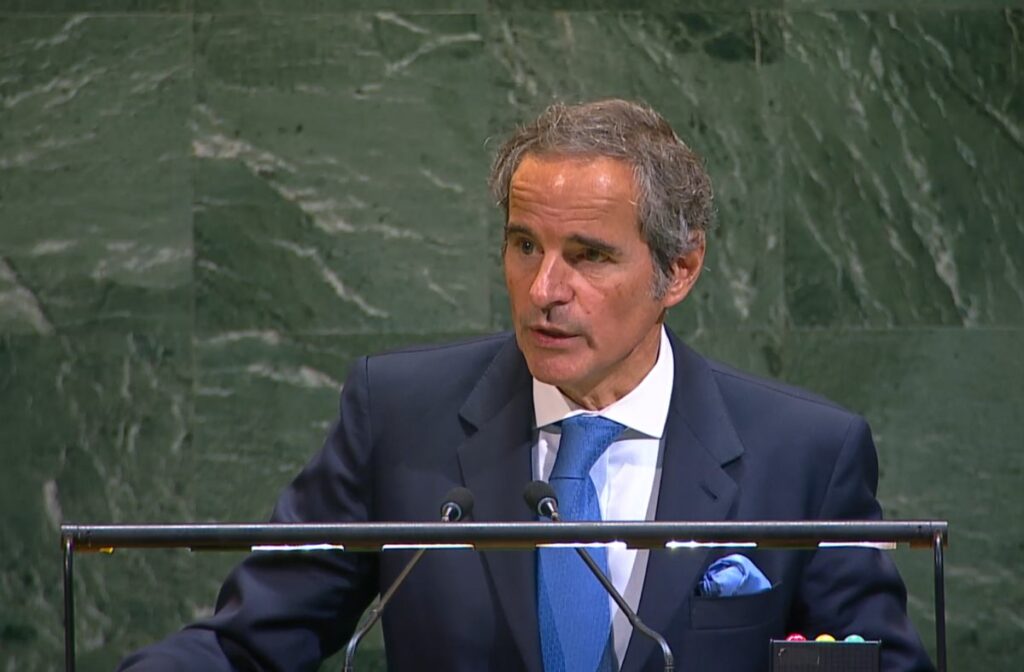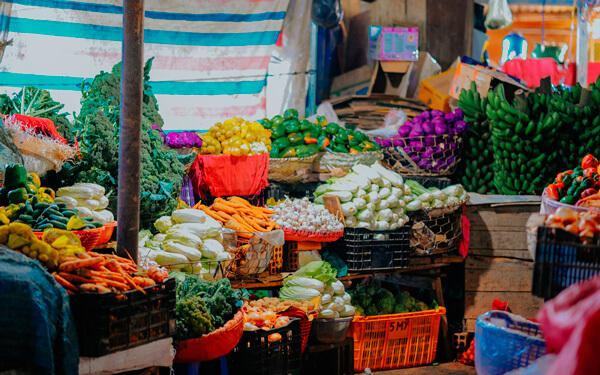Buenos Aires, Argentina — Argentina closed out 2022 with a yearly inflation of 94.8%, the worst in the last 32 years, according to the Federal Administration of Public Income (AFIP). Several industries had to strongly increase their prices while average wages are not increasing at the same rate.
The results were published by the administration on January 12, and came in lower than some estimates from economists that Argentina could hit triple digits in 2022.
Last year’s accumulated inflation rate nearly doubled that of 2021 (50.9%) and nearly tripled 2020’s rate (36.1%).
The sky-high inflation was influenced by a number of factors, including continuing devaluation of the Argentine Peso, economic fallout from Russia’s war in Ukraine, and global supply chain restrictions.
One factor, however, has remained constant for years: Argentina’s government spends way more than it collects. As a consequence, the government must take on more debt or print more money to finance itself, leading to a progressive devaluation of the peso, which has steadily declined against the dollar for over a decade, accelerating its decline in the past few years.
The sinking peso has pushed wealthier Argentines into black markets where they can transact and buy goods in U.S. dollars, while poorer citizens must make due with pesos while prices shoot up around them.
Official and black-market dollar rates – known locally as “dólar blue” – widely differ.
In January 2022, the official USD rate was around $109 pesos per dollar and 12 months later it spiked to $185 pesos per USD. On the other hand, the unofficial USD rate went from costing $206 pesos in January 2022 to $346 pesos per dollar last December.

Inflation at the supermarket
Some industries were hit harder than others by inflation in 2022.
According to national statistics agency INDEC, the textile industry saw inflation rise 120.8% last year, the highest hike across all industries. Restaurants and hotels were also hit hard, increasing 108.8%, while home equipment and maintenance rose 97.2% and food and non-alcoholic beverages saw a 95% rise in inflation.
As prices skyrocket, the buying capacity of Argentines is severely weakened, as average salaries haven’t increased at the same, break-neck rate. During the first 10 months of 2022, wages were almost 20% behind the yearly inflation rate.
The widening gap between the cost of living and wages also slightly affected poverty rates.According to the Social Debt Observatory of the Catholic University of Buenos Aires, 43.1% of the population is below the poverty line, a slight increase compared to the 42% from the previous year.










